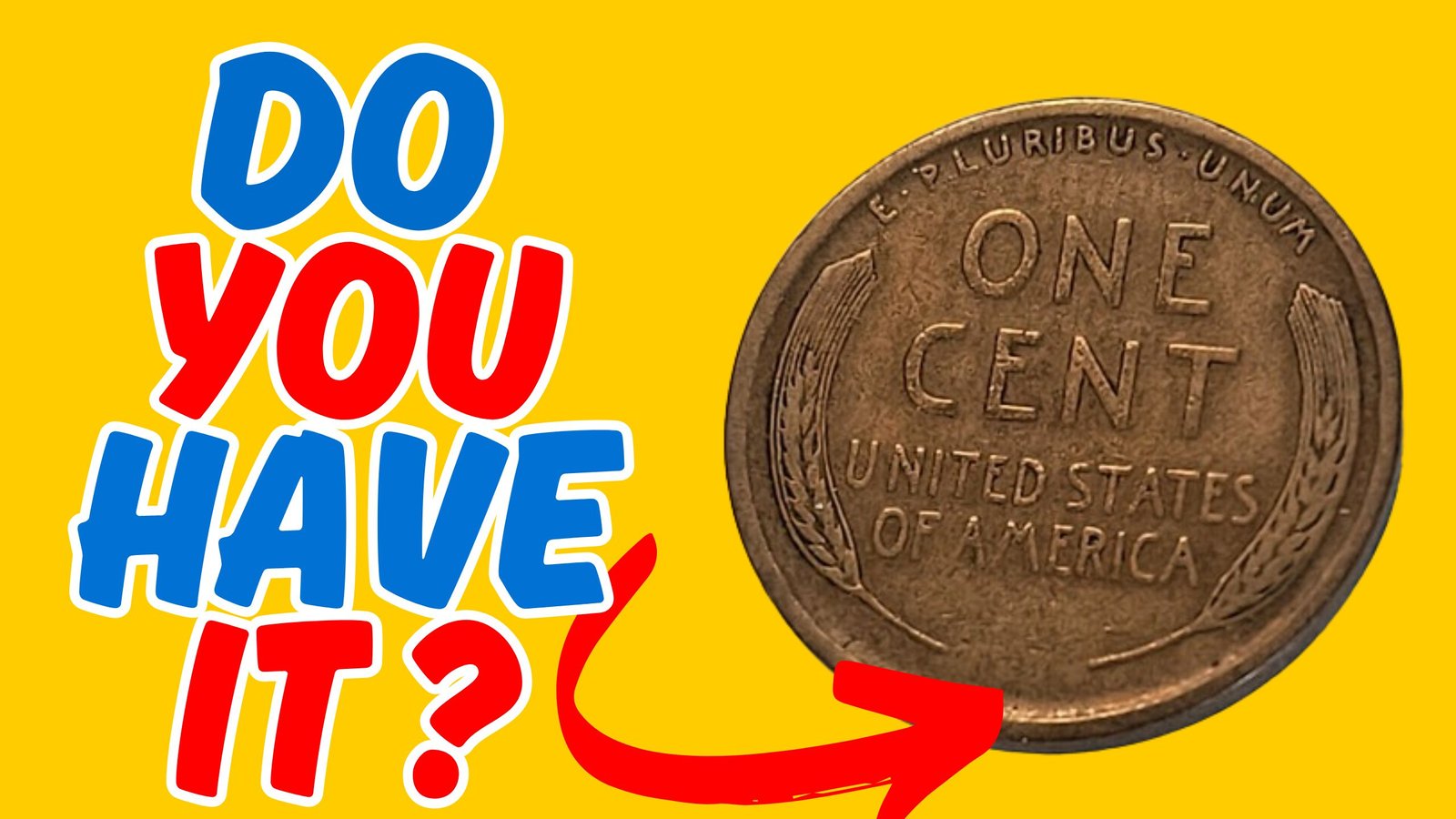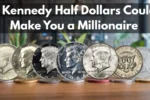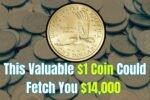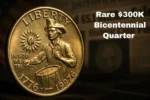$1.4 Billion Lincoln Wheat Penny : The headlines are shocking — a Lincoln Wheat penny reportedly valued at $1.4 billion. But is it real? Could a simple copper coin from your change jar actually be worth more than a luxury yacht, a private jet, and a Beverly Hills mansion combined? Let’s separate the facts from the fiction — and explore the incredible world of rare pennies.
The Truth Behind the $1.4 Billion Penny
First, let’s clear the air: no Lincoln Wheat penny has ever sold for $1.4 billion. That eye-popping figure is more internet myth than market reality. However, some rare Lincoln cents have sold for hundreds of thousands — even over a million — dollars, and their values continue to climb as collectors battle over the rarest examples.
So where did the $1.4 billion rumor come from? It likely started from a combination of clickbait headlines and exaggerated online claims meant to attract attention. That said, let’s take a closer look at the real heavyweights of the Lincoln Wheat penny world — and what makes them so valuable.
What Is a Lincoln Wheat Penny?
The Lincoln Wheat penny was minted from 1909 to 1958, and features the bust of President Abraham Lincoln on the front and two wheat ears on the reverse — hence the name. While most Wheat pennies are worth just a few cents to a few dollars, a handful of rare dates, mint errors, and varieties are worth a small fortune.
The Most Valuable Lincoln Cents Ever Sold
1943 Bronze Lincoln Cent – Up to $1.7 Million
In 1943, the U.S. Mint switched from copper to zinc-coated steel to save copper for World War II. However, a few bronze planchets from 1942 were mistakenly used to strike 1943 pennies. Fewer than 20 are known to exist. One example sold for $1.7 million in a private sale — making it the closest any penny has come to the billion-dollar myth.
1909-S VDB Lincoln Cent – Up to $100,000+
This is the holy grail for Wheat penny collectors. Minted in San Francisco with designer Victor David Brenner’s initials (“V.D.B.”) on the reverse, only 484,000 were made before the initials were removed due to public backlash. High-grade examples can fetch $50,000 to $100,000+.
1955 Doubled Die Obverse – $1,000 to $20,000+
A famous mint error, the 1955 doubled die penny shows a dramatic doubling of the date and inscriptions. It’s easy to spot — and highly sought-after. Clean, uncirculated versions can sell for $15,000–$25,000.
Could You Have a Valuable Penny?
It’s possible. Many high-value Wheat pennies are still out there in coin jars, junk drawers, or tucked into old family albums. Here’s what to look for:
Check the Date and Mint Mark
- 1909-S VDB
- 1914-D
- 1922 “No D”
- 1943 bronze (should NOT stick to a magnet!)
- 1955 doubled die
Use a Magnet
If your 1943 penny sticks to a magnet, it’s steel — common. If it doesn’t, it may be a rare bronze version worth a fortune.
Examine for Errors
Doubled dies, off-center strikes, and repunched mint marks can increase value dramatically.
A Word of Caution: Scams and Hoaxes
With stories of million-dollar pennies, scam artists often follow. Be wary of:
- Fake coins or altered dates/mint marks
- Overhyped eBay listings
- “Treasure” websites that exaggerate values
Always have your coin authenticated by a reputable grading service like PCGS or NGC before attempting to sell.
Final Verdict: $1.4 Billion? No. But $1.7 Million? Yes.
The $1.4 billion Lincoln penny is a myth, but it reflects the very real excitement and value behind some rare U.S. coins. While you won’t retire with a random penny from your wallet, finding a rare Wheat cent in excellent condition could still make a serious impact on your bank account.
So check your change. Examine that coin jar. Because one small penny just might lead to a big discovery.




